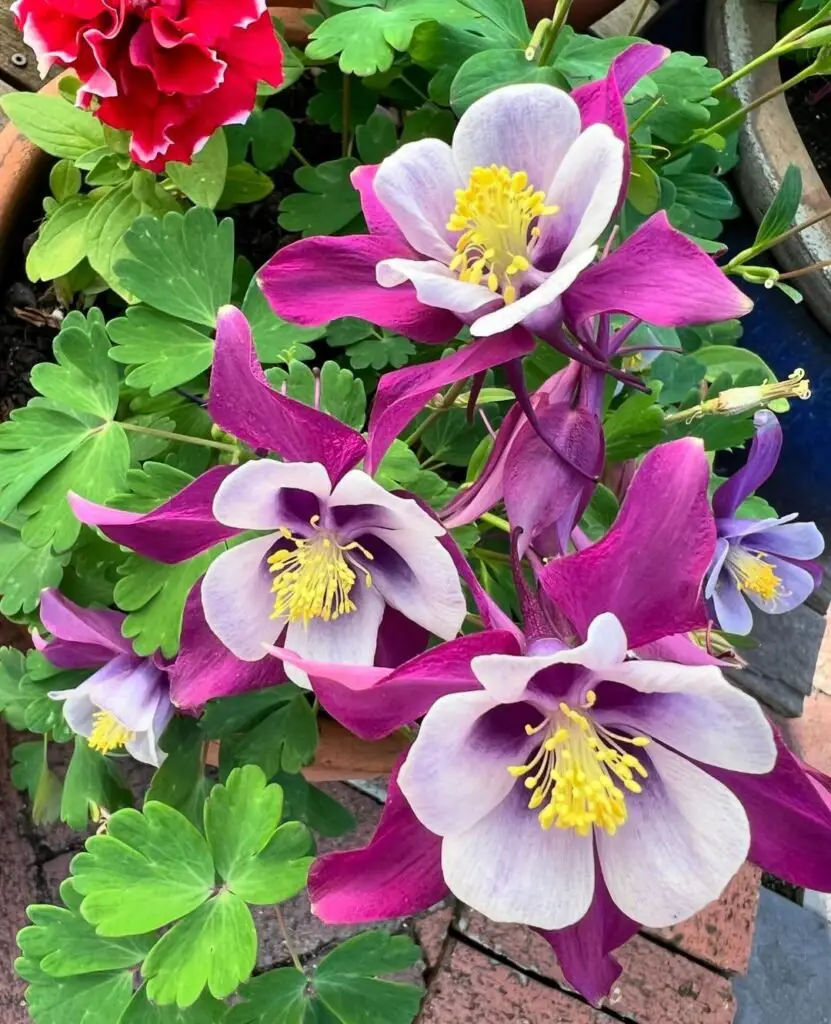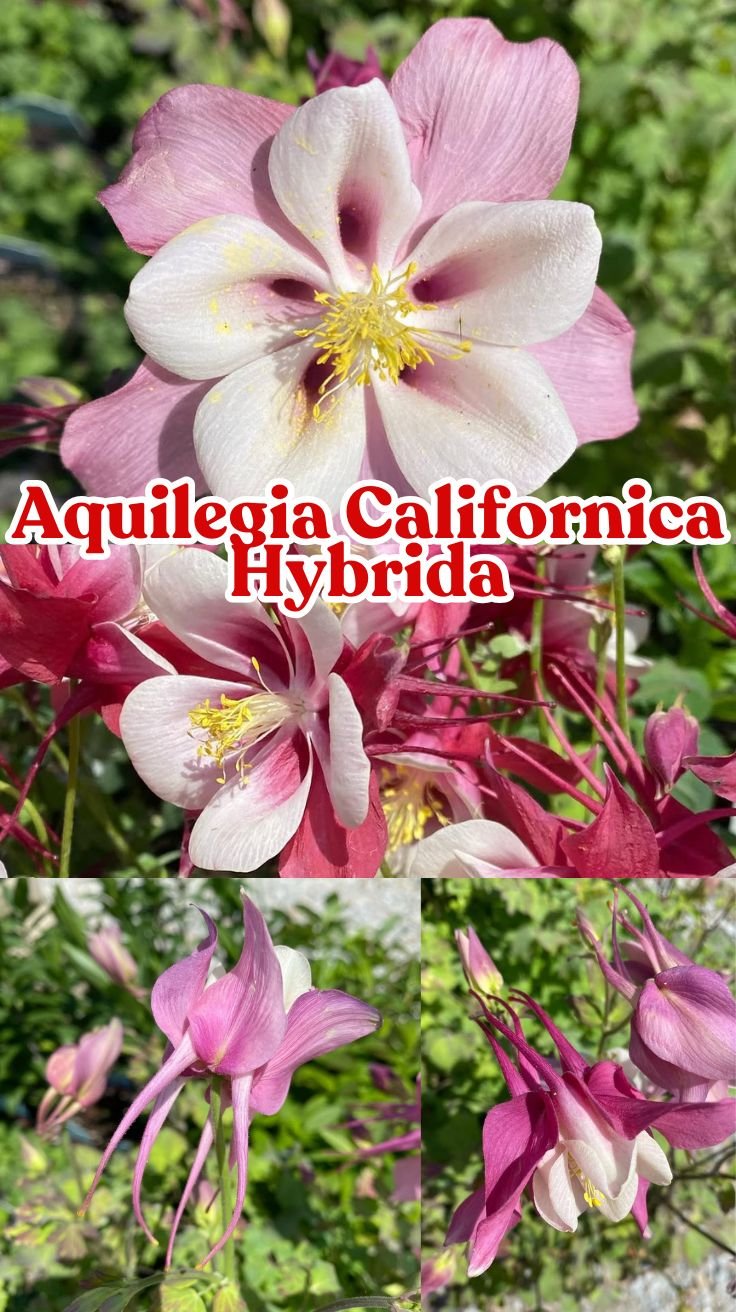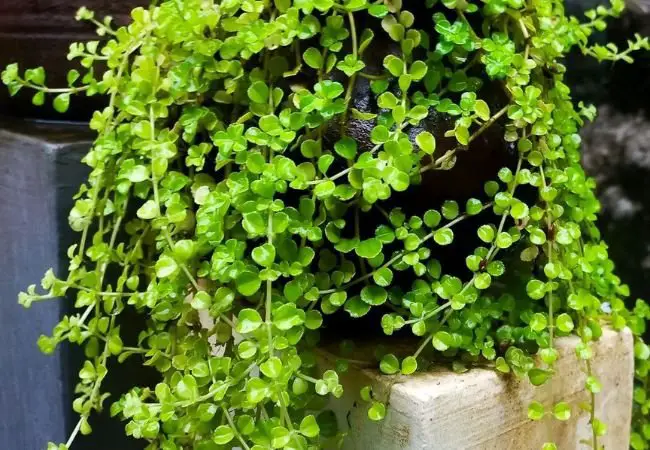Discover how to grow Aquilegia californica hybrida with expert tips on care, seeds, and height. Learn its common name and flowering time in this USA gardening guide!

Hey there, plant enthusiasts! I’m Ashley Scott, and with 10 years of gardening experience, I’ve cultivated just about everything under the sun. But today, I’m excited to dive into one of my favorites: Aquilegia californica hybrida. If you’re curious about this gorgeous flower—its common name, height, or how to care for it—you’ve landed in the right spot. Over at USA Garden Hub, I love sharing tips to help gardeners across the USA grow thriving plants, and this guide is packed with everything you need to know about Aquilegia californica hybrida. Let’s get growing!
What Is Aquilegia Californica Hybrida?

So, what exactly is Aquilegia californica hybrida? It’s a hybrid version of the native California columbine, a member of the Aquilegia family—those charming plants known for their bell-shaped blooms and spurred petals. The Aquilegia californica hybrida common name is simply “hybrid California columbine” but it’s often just called “columbine” for short. I first stumbled across this beauty during a hike in California years ago, and its vibrant red and yellow flowers instantly caught my eye. Since then, I’ve been hooked on growing these hybrids in my own garden.
This plant blends the wild charm of its native parent with traits from other Aquilegia hybrids, making it a standout in any garden. It’s perfect for adding a splash of color and attracting hummingbirds—more on that later! For a deeper dive into its native roots, check out this guide to California native plants from the University of California.
Aquilegia Californica Hybrida Height and Appearance
Wondering about Aquilegia californica hybrida height? Typically, it grows between 1 to 3 feet tall, depending on conditions and care. In my garden, I’ve seen it hit about 2 feet, with delicate, fern-like Aquilegia leaves forming a lovely base. The flowers dangle gracefully on slender stems, showcasing those iconic spurs that give columbines their nickname, “granny’s bonnet.” Want to see detailed specs? The Missouri Botanical Garden’s Aquilegia profile has all the juicy details.
The blooms are usually a striking mix of red and yellow, though hybrids can surprise you with variations. They’re not just pretty—they’re tough too, thriving in the wild and in your backyard with the right setup.
When Does Aquilegia Californica Hybrida Bloom?
Let’s talk Aquilegia flowering time. This hybrid typically bursts into bloom from late spring to early summer—think May through June in most parts of the USA. I love how it fills that gap between spring bulbs and summer flowers. Last year, mine started flowering in mid-May, and the show lasted nearly six weeks—pure magic!
Will it bloom right away? That brings us to a common question: Do Aquilegia flower the first year? If you start from Aquilegia californica hybrida seeds, don’t expect flowers until year two. But if you grab a nursery plant, you might get lucky with blooms that first season. Patience pays off with these beauties!
How to Grow Aquilegia Californica Hybrida from Seeds
Ready to try Aquilegia californica hybrida seeds? I’ve sown plenty of Aquilegia seeds over the years, and here’s my go-to method:
What You’ll Need:
- Aquilegia californica hybrida seeds (fresh is best—old seeds lose viability)
- Seed tray or small pots
- Well-draining soil mix (I blend potting soil with sand)
- A cool spot for stratification
Steps:
- Stratify the Seeds: These seeds need a cold period to germinate. Pop them in a damp paper towel, seal in a bag, and refrigerate for 4-6 weeks. I learned this trick after my first batch didn’t sprout—cold is key!
- Sow Indoors: In early spring (around March), plant them in trays, barely covering with soil. Keep them moist and in a cool spot (60-65°F).
- Transplant: Once seedlings have a few leaves, move them to pots or your garden after the last frost.
Direct sowing works too—just scatter seeds in fall and let nature handle the cold. Either way, you’ll see sprouts by spring, ready to grow into stunning plants. For more on growing perennials like this, Cornell University’s perennial growing guide is a fantastic resource.
Aquilegia Californica Hybrida Care Tips
Caring for Aquilegia californica hybrida is a breeze once you know its preferences. Here’s how I keep mine happy:
Light and Location
Where is the best place to plant Aquilegia? This hybrid loves partial shade—think woodland edges or spots with morning sun and afternoon shade. I’ve got mine under a big oak tree, and it thrives there. Full sun works in cooler climates, but too much heat can stress it out.
Soil
It’s not picky about soil but prefers well-draining, slightly acidic ground. Add compost or leaf mold to mimic its natural habitat—I do this every spring, and it makes a huge difference.
Watering
Keep soil evenly moist, especially in the first year. Once established, it’s drought-tolerant but appreciates a drink during dry spells. I water mine deeply once a week if rain’s scarce.
Pruning
After blooming, trim back spent flowers to tidy it up. I skip heavy pruning since it’s a short-lived perennial (2-3 years), but deadheading can spark a second bloom. Oregon State University’s columbine care tips offer great advice on this.
Pests and Problems
Watch for leaf miners—they love Aquilegia leaves. If I spot their squiggly trails, I snip off affected leaves and toss them. Powdery mildew can pop up in damp conditions, so space plants for good airflow.
Check out my general Aquilegia care guide for more tips that apply to this hybrid too!
Where to Plant Aquilegia Californica Hybrida
Still wondering where is the best place to plant Aquilegia? I’ve had success in these spots:
- Cottage Gardens: Its whimsical blooms fit right in.
- Shade Borders: Pair it with ferns or hostas for a lush look.
- Rock Gardens: The airy growth softens hard edges.
One year, I planted it near my patio, and the hummingbirds buzzing around were a daily treat. It’s a wildlife magnet—bees and butterflies love it too!
Fun Facts and Related Aquilegia Varieties
The Aquilegia genus is full of surprises. Another name for Aquilegia? Columbine or granny’s bonnet—both nod to its unique flower shape. There’s also Aquilegia pubiflora (hairy columbine), Aquilegia fragrans (a scented gem), and Aquilegia nivalis (a rare alpine type). Note: Aquilaria sinensis isn’t related—it’s a tree, not a flower!
What is Aquilegia canadensis used for? While not a hybrid like ours, this native cousin has red-yellow blooms and was used by Indigenous peoples for medicinal purposes, like treating stomachaches. Always consult a pro before trying that, though—most columbines are toxic if eaten.
FAQs About Aquilegia Californica Hybrida
Got questions? I’ve got answers!
What is the Aquilegia californica hybrida common name?
It’s called “hybrid California columbine” or just “columbine.”
How tall does Aquilegia californica hybrida grow?
It reaches 1-3 feet, depending on care and location.
Where can I buy Aquilegia californica hybrida seeds?
Try local nurseries or reputable online plant retailers—I’ve had luck finding them in spring catalogs.
Do Aquilegia flower the first year?
From seed, no—expect blooms in year two. Nursery plants might flower sooner.
What’s the best Aquilegia californica hybrida care tip?
Keep it in partial shade with moist, well-draining soil—simple as that!
Why I Love Growing Aquilegia Californica Hybrida
This plant’s a gem in my garden. Its vibrant blooms, easy-going nature, and wildlife appeal make it a winner. One spring, I watched a hummingbird hover around it for minutes—pure joy! Whether you’re sowing Aquilegia californica hybrida seeds or tending a mature plant, it’s a rewarding addition to any USA garden. For a step-by-step on growing columbines, I recommend The Spruce’s how to grow columbine guide.
Want more gardening inspo? Check out my shade gardening tips or dive into my perennial growing guide for more ideas. Ready to plant some Aquilegia californica hybrida? Let me know how it goes—I’d love to hear your stories!





